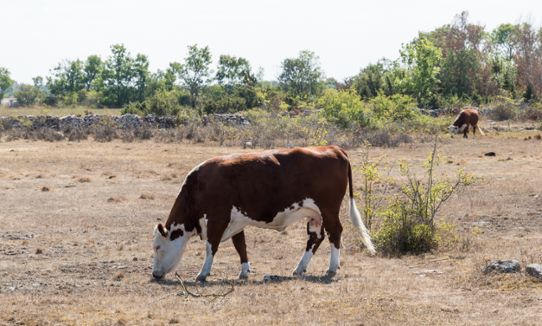At SMHI’s Rossby Centre, more than thirty researchers are working to develop climate models and to study how the climate is changing. Climate models can be used for many different types of studies concerning how the climate has changed and how future developments will be affected by different levels of greenhouse gas emissions. By performing many different model simulations, research scientists can also generate a broader base of model-simulated periods for statistical comparisons with, for example, historical observations. This is particularly important for studies of extreme weather events. The exceptional nature of such events generally means that there is a scarcity of observations of them, which makes it difficult to perform detailed analyses.

Comparison with 20,580 possible summers
During the past year, the climate researcher Renate Wilcke led a study whereby, using five different climate models, the warm period of May to August 2018 was compared with a total of 20,580 model simulations of equivalent four-month periods during the past 70 years.
“We can see that the large amount of data includes summers that resemble that of 2018, but they are extremely unusual. They occur in no more than 5 per cent of the 20,580 summers, and one model showed similar summers in less than 1 per cent of the simulations”, says Renate Wilcke, who is a climate researcher at SMHI’s Rossby Centre.
Probability affected by climate change
Based on this study, researchers can confirm that a summer like that of 2018 could actually have occurred under pre-industrial conditions (1861-1890), but that the likelihood of this would have been very low.
“We can see that the current process of climate change has increased the likelihood of such a warm summer as that we experienced in Sweden in 2018. As recently as 1951-1980, there was a relatively low probability that we would have experienced such a warm summer, but this probability has seen a major increase during recent decades”, explains Renate Wilcke.
In a follow-up study, Renate Wilcke and her research colleagues plan to employ larger modelling studies in order to study temperature conditions in more instances with prolonged blocking bands of high pressure similar to that which occurred in summer 2018. These studies could result in greater knowledge of how the current process of climate change may affect temperatures in Sweden.
“Access to these large data sets with simulations from climate models enables us to learn a great deal about climate change, and about unusual extreme weather events in particular. It is therefore incredibly important that we continue to research and develop our climate models, as well as producing the large ensembles of model simulations that serve as a tool for, for example, studies of this type”, says Erik Kjellström, who is a professor of climatology at SMHI.
The study is conducted by climate researcher from SMHI in cooperation with researchers from Stockholm University, Sweden and Max Planck Institute for Meteorology, Germany.